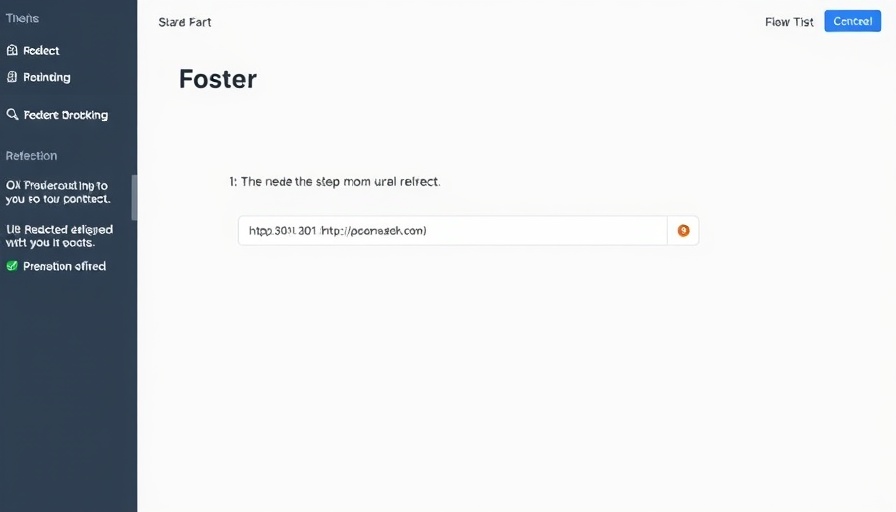
Why You Should Rethink Hosting Videos on Your Own Website Server
As businesses increasingly recognize the power of video content for marketing, the question often arises: should you host videos on your own server or utilize a third-party video hosting platform? On the surface, hosting videos on your own website appears advantageous. It seems to grant greater control over video quality and enhances search engine optimization (SEO). However, a closer examination reveals that this decision is fraught with complexities and challenges.
Understanding the Costs and Complexities of Self-Hosting Videos
While platforms like WordPress make it technically feasible to host video files internally, many companies underestimate the behind-the-scenes challenges involved. Unlike hosting images or textual documents, video files require significant server resources due to their larger size and heightened bandwidth consumption. As excitement builds for video content, organizations often find themselves unprepared for the technical and financial demands that arise. The journey from uploading a video to ensuring it plays seamlessly for viewers can quickly become convoluted and burdensome.
The Bandwidth Dilemma: Traffic Spikes and Overages
Video content is notorious for its hefty bandwidth requirements. If your video experience a surge in popularity, as many effective marketing videos do, you may quickly exceed the limits of your hosting arrangements. This could lead to severe throttling on shared hosting environments, while relying on VPS or dedicated servers could result in hefty overage fees. Additionally, if your service struggles under the weight of high traffic, the user experience may suffer, adversely impacting viewer engagement.
Device and Connection Optimization: The Need for Modern Solutions
Modern video hosting platforms implement adaptive bitrate streaming technology, optimizing video delivery by assessing the viewer's device, screen size, and internet connection. To recreate this level of optimization on your self-hosted server requires integrating complex tools for encoding and creating different versions of every video file, thus introducing unnecessary operational overhead. In contrast, third-party platforms are designed to manage these technical intricacies seamlessly.
Developing a Video Player: More Complex Than You Think
The contemporary video player must encompass much more than a basic play button to be effective. Features such as interactive calls to action (CTAs), chapter markers, analytics, and customizable branding elements are now considered standard expectations. While DIY solutions may theoretically be achievable, the resource investment in developing and maintaining such a player can drain both time and money, pulling your focus away from core business activities.
The Value of Analytics and Cross-Site Embedding
Today's businesses thrive on data. The ability to track video performance across multiple platforms is crucial. Hosting video content solely on your server hinders your capability to measure how and where videos are viewed. Third-party platforms not only simplify the process of video sharing but also offer advanced analytics that let businesses derive insights related to user engagement and performance metrics.
Actionable Insights: Making the Right Choice for Your Business
Opting for a third-party video hosting service can save time, money, and several headaches. Platforms like YouTube, Vimeo, and Wistia have tailored solutions designed to improve both the viewing experience and back-end management of video content. By leveraging the resources of established video hosting companies, businesses can focus on content creation and strategy rather than technical maintenance.
The Path to Growth: Aligning Video Strategy with Business Goals
For business owners aiming for growth, implementing a strategic video content approach is vital. By favoring dedicated video hosting services, companies can enhance their ability to reach wider audiences while simultaneously minimizing operational complexities. Exploring partnerships with experienced video platforms could yield invaluable insights, making it easier to fulfill marketing goals without the technical burden of self-hosting.
By investing in reliable third-party video hosting platforms rather than relying on server-hosted solutions, businesses can streamline operations and enhance user experiences through optimal performance, reduced costs, and access to analytics.
As you navigate toward your next content strategy, consider the broader implications of how you host your video content. Embracing the solutions offered by third-party platforms could be crucial for success. For those interested in advanced growth strategies, integrate third-party hosting into your overall approach.
 Add Row
Add Row  Add
Add 






Write A Comment